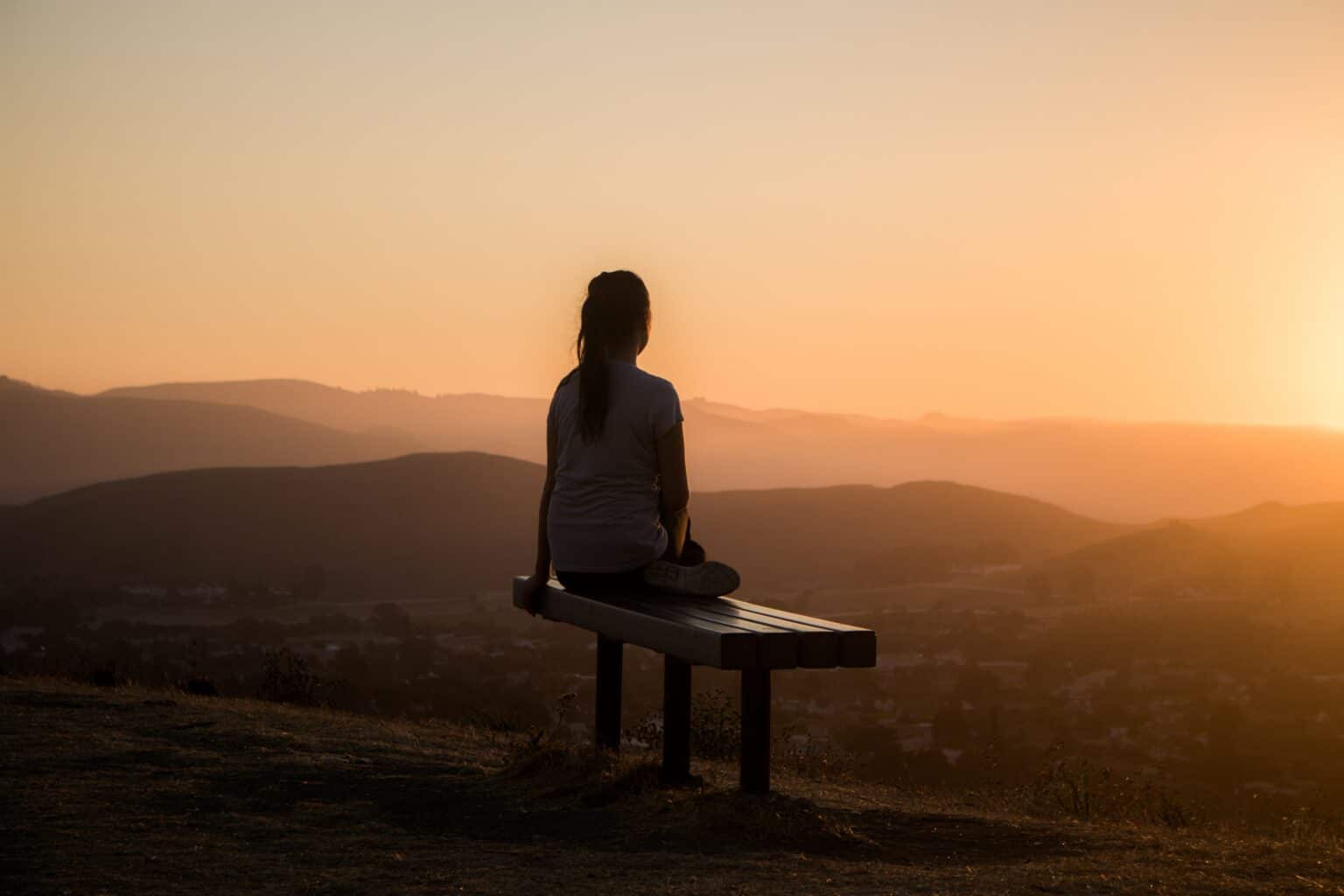I’ve been a couple of times to the Western or “Wailing” wall along the former site of the Jewish temple in Jerusalem. The wall is the closest a Jew can come to the temple destroyed in 72 A.D. and has become a place where many mourn the loss of the temple. The wall itself is not holy, but it is as near as they can come to what remains of their most holy place, now reduced to dust and rubble.
It’s like a burial site. The grass on top and the headstone are nothing sacred to us. In fact, our beloved is not what we remember either. That body is returning to the dust. But it is as close as we can come to that granddaughter we cherished. We know that she no longer lives in that flesh; she has gone where we cannot yet follow. But we remember, we tend the grass, we adorn the soil on top with flowers or keepsakes. That place becomes a connection to the person who no longer lives here.
Cemeteries are then melancholy places by design. We call them “memorial parks” or whatever, but they are lonely places, quiet and conducive for the most sober reflection. So much more is this true as you sit on the soil above someone you still grieve. The park-like setting becomes a place of lament, of wailing.
To carry through my metaphor, the exiled children of Israel wept for all they’d lost as they sat by the rivers of Babylon (Psalm 137). Grief is a past-present-future experience, but the future element is the imagining of what might have been compared with what we think will likely be. Such imaginings are notoriously unreliable, especially as they issue from distraught hearts. But the right-now experience of loss is deeply real, almost inexpressibly so. It is for a time deepened by what we remember of what we’ve lost—that touch, that relationship, those expectations that gave us joy.
Our Jewish friends also visit their wall in hope of the temple’s rebuilding. They remember, but they also hope to see the demolished holy place returned to its former glory. In that way, their mourning becomes “how long, O Lord?”, believing that He knows the date when His comfort will be made perfect.
And so do we mourn in hope. The flesh that failed our loved one will one day be revitalized beyond its former state. Our loss is real, and we are separated from our hope by some span of time, but it is not forever. That deep soil between us and our beloved one is, symbolically, an uncrossable gulf for us—one that will not be bridged from our side. When we walk the silent grounds of a cemetery, we are standing on our side of the gulf, dreaming of a bridge, believing for that day.
But in the case of the temple in Jerusalem, and the small temple formerly occupied by a warm-blooded person, it’s too little to long for what we’ve lost. Something even greater will accompany, even cause, the restoration of what was destroyed. No real temple will be rebuilt unless the Holy God makes it happen. It is the violence and devastation of sin that disturbs our joy in this life. Nothing dead will live until someone greater than that sin wills it. Nothing really significant will be restored to us without the presence of the Unchanging LORD. We long for Him if we understand these things at all. The offense of death is against Him first of all, and He will be its conqueror.
Of all people, I would not say it is unworthy for us to long for those we lose for a time. I am saying that this wounded love we can grasp is a small window into the love that will answer our prayer more deeply than we know to ask. Our reverence for the dust that was once lovely to us can be a forward-looking expression of hope, rather than nostalgic bitterness. The mourning of this life is a mere glimpse of the mourning the Lord promises in Matthew 5 to comfort. Grief teaches me to understand that mourning a little better than I did.
This is the lesson, I suppose. The transition of a lovely child leaves a mark on all she knew. For me, the loss is like a new scar on my hand—always with me, unable to feel former sensations—a memento of the strikes of a malicious world I’ll carry for all my years.
And then I will not, as she does not.














